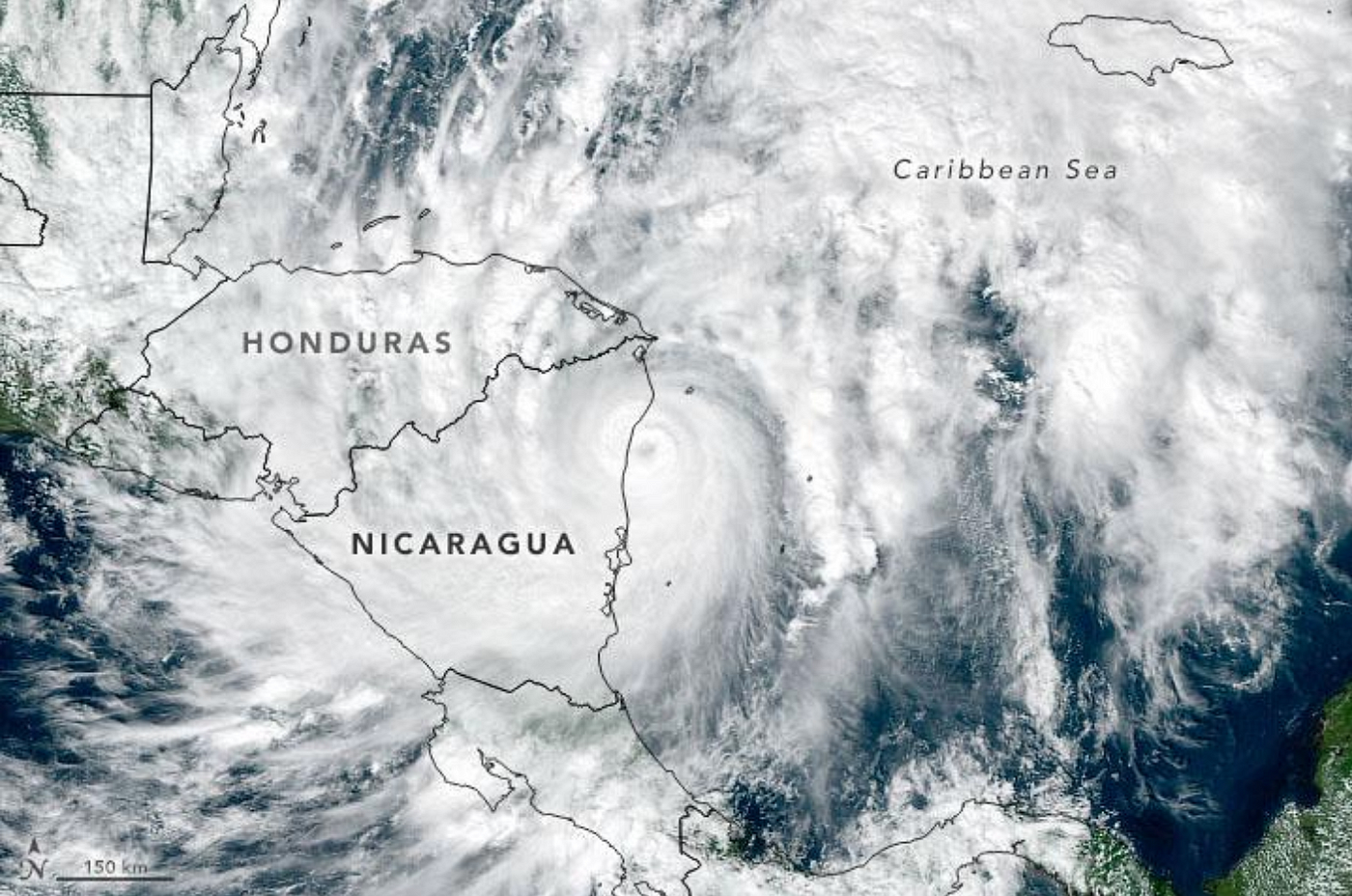ALL NEW FOUNDATIONAL INTELLIGENCE MODEL (FICE) - Get your Insights Report Here
Alex Luna • November 11th, 2020.
We’re bringing you exclusive content from our newsletter, The Forecast, right here on Medium. Sign up for our newsletter here. This story is from our feature called the Weather Corner, where we take a deep dive into weird weather around the world, from our November 11th, 2020, newsletter.
Scientists expect climate change to worsen the frequency, intensity, and impacts of extreme weather events like storms, extreme heat, tornadoes, and wildfires. We’re already seeing these impacts today, and you might have questions about how these happen and the role of climate change in all this.
It’s (literally) our job to identify these events, explain them, and help those on the ground mitigate the impacts. “The Weather Corner” will explain the causes and implications of significant, unusual, and informative weather events around the world.
Take Hurricane Eta, for example. The strong hurricane made landfall last week on Nicaragua’s Caribbean coast and traveled through Central America, leaving a path of death and destruction in its wake.

The 2020 hurricane season has been one of the worst in years — Eta was the 28th named storm this year (tying the record that was previously set in 2005).
What made Eta so destructive — like several of the other hurricanes this year — was that it experienced a phenomenon called rapid intensification. Rapid intensification is a process where warm ocean waters enable storm winds to pick up to incredibly high speeds just before landfall. In this case, Eta’s winds intensified from 45 mph to 150 mph in 36 hours.
Global warming has increased average air temperatures. Much of this heat is then absorbed by our oceans. Tropical cyclones develop and travel over oceans, picking up moisture as they do. Warmer tropical water provides more energy for hurricanes while warmer air can hold more moisture, leading to stronger, more intense storms.
Rapid intensification in particular has always happened in some storms, but scientists say that it’s becoming a more frequent occurrence, thanks to climate change.
What’s more, the actual rapid intensification process itself is difficult to forecast. That means that frontline communities might not be able to get enough warning to know whether or not to evacuate.
There’s an agriculture tie-in, too, of course. More extreme storms can cause serious, often long-term damage to farmers in these areas. In Caribbean countries, crops like bananas, coffee, cacao, and other tree crops are at the risk of being uprooted or snapped, while other lower-lying food crops face floods. Recovery can take years when farmers’ fields and infrastructure are damaged or washed away.